While we often glamorize the powertrains behind the most successful trucks in the sled pulling world (and rightfully so), it takes more than simply amassing gobs of horsepower to dig your way to the front. In the dirt, a winning machine is a well-oiled one. Not only is a copious amount of horsepower required, but the ability to make and sustain that power during the perfect rpm window, harness the frame-twisting torque that comes with it and also effectively distribute that power to the ground are just as important as producing it. This makes having the right transmission, axles, suspension and tires extremely vital in the overall scheme of things.
![2002 Chevy Silverado HD with Cummins]()
After competing with a Duramax for nearly 10 years, veteran puller Ryan Dedolph formulated and executed a plan to convert his ’02 Chevy Silverado HD to Cummins power for the ’17 season. In addition to re-powering his Bow Tie with a Cummins, Ryan livened up the truck’s look with a ’17 body. Thanks to help from Skyline Diesel, Hart’s Diesel, Prairie Performance and being able to piece together the rest at his own shop (Rock Diesel of Milton), Ryan’s Bow Tie was a runner right out of the gate. And while there are plenty of chassis and suspension tweaks yet to be worked out, the limited action the truck saw in 2017 yielded a handful of top five finishes as well a First Place qualification at the Scheid Diesel Extravaganza.
Check out 9 of the exotic components that makes Ryan’s one-of-kind Limited Pro Stock rig tick:
1. 6.7L Cummins
![001-Cummins-12-Valve-1300-Horsepower]()
With mechanically injected Cummins mills being a step ahead of the game in diesel truck pulling (vs. common-rail systems), Ryan decided to go with the most proven engine platform available today: A P-pumped, 6.7L-based Cummins equipped with cylinder sleeves, a deck plate and a competition-ready 12-valve cylinder head. Bottom end reinforcements consist of a girdle, concrete-filled block and billet rods—while a Hart’s Diesel 76 mm (3.0-inch inducer) smooth bore turbocharger produces 60 psi of boost for the engine to ingest. On the engine dyno at Empire Performance Engineering, horsepower checked in near the 1,300 hp mark.
2. 13 mm P-Pump
![002-P7100-P-Pump-Cummins-13MM]()
At the heart of the injection system sits a radicalized version of the Bosch P7100. Built by Prairie Performance, the P-pump benefits from 13 mm plungers and barrels and is fed 70 psi worth of fuel supply pressure. The 13 mm P7100 routes pressurized diesel to a set of Hart’s Diesel triple-feed fuel injectors equipped with five-hole nozzles.
3. SCS Transmission and Transfer Case
![003-SCS-Gearbox-Reverser-Transmission]()
Like many truck pullers, Ryan relies on SCS Gearbox for his transmission and transfer case needs. Horsepower’s trip from the engine to the wheels begins with a four-disc Molinari clutch, followed by an SCS reverser transmission. Once through the one-speed gearbox, an SCS quick change transfer case routes power to the front and rear axles.
4. Rockwell 20-145 and Beefed Up Dana 60
![004-Rockwell-20-145-Rear-Axle]()
A massive Rockwell 20-145 rear axle with a fabricated differential housing resides out back. To achieve his target final drive ratio, Ryan equipped the 20-145 with a 4.56 ring and pinion. A spool was also added to keep all rear wheels digging and SCS’s aluminum hubs were installed for a little bit of weight savings. Up front, Ryan prepped the Dana 60 (derived from an ’02 Dodge) for battle by way of a Detroit Truetrac and 38-spline axleshafts. The Dana 60 also houses a 4.56 ring and pinion.
5. Custom Four-Link
![005-Four-Link-Front-Suspension]()
Giving the front end no other choice but to keep digging is a four-link suspension system. The setup, pieced together at Ryan’s shop (Rock Diesel of Milton), makes use of spherical rod ends, burly DOM tubing and some pretty stout brackets. Without a doubt, this four-link is a big reason why the truck bites so hard yet rarely becomes unsettled.
6. Dual Adjustable Shocks
![006-QA1-Precision-Products-adjustable-shocks]()
Two QA1 Precision Products adjustable shocks are incorporated in the four-link system and reside on each end of the Dana 60. The fully adjustable units allow Ryan to tweak the front suspension to his liking, per the track he’s competing on. As he continues to figure out what the new suspension configuration likes and doesn’t like, Ryan told us he changes the shock spring rates between each and every hook.
7. Mud Grapplers
![007-Nitto-Mud-Grappler-Tires]()
Running one of the most aggressive DOT mud tires on the market, Ryan relies on six Nitto Mud Grapplers to dig his Chevy past the 300-foot mark. He cited their consistency as the primary reason for campaigning them:
“They always seem to hook well up here in Wisconsin.” He then added that the ability to run a reverser transmission, drop box transfer case and bigger rear axle in the class he competes in prompted his decision to run the rugged tread pattern.
“We saw a lot of 3.6 [Pro Stock] trucks go to Mud Grapplers because they had open drivelines, so once our class [Limited Pro Stock] became open driveline we knew we could be more aggressive with tires.”
![008-Nitto-Mud-Grappler-Tracks]()
Falling in line with the general consensus surrounding the use of Mud Grapplers in diesel truck pulling, Ryan believes they perform best on looser tracks rather than tighter ones.
“They work great on a good biting track that has some looseness to it,” he told us. “All terrains thrive when the track is hard-packed like concrete.”
8. 2,000 Pounds Out Front
![009-2017-Chevy-Silverado-Cummins-Weight-Box]()
As is the goal of any truck puller, Ryan tries to position as much weight forward of the front axle as possible. Thanks to the weight box, weights, ice box and dry sump oil system components, he’s done a good job of it and disclosed that at least 2,000 pounds of the truck’s 8,000-pound overall heft is focused here.
9. No Frills Interior
![010-2017-Chevy-Silverado-Limited-Pro-Stock-Interior]()
A Computech Data Maxx data acquisition system is one of the more vital components in the stripped down ’17 cab. Each trip down the track entails a full record of key engine parameters, including each cylinder’s exhaust gas temperature, the engine’s intake air temperature, oil pressure and oil temperature. In competitive truck pulling, a high-dollar data logging system is necessary to track the effects of your changes between hooks, to analyze all monitored parameters (temperatures, pressures and speeds) to ensure they’re staying in check and also to investigate what went wrong during an unsuccessful hook or part failure.
Success is Looming
![011-2017-Chevy-Silverado-Limited-Pro-Stock-Cummins-Puller]()
Other than earning a number one qualifier position at this year’s Scheid Diesel Extravaganza, wins haven’t been numerous yet—but they usually aren’t when campaigning a new driveline, powertrain and chassis setup. In his haste to get back onto the pulling track (75% through the season), Ryan cut his engine dyno session short, which he believes left a considerable amount of horsepower on the table. With winter plans that entail a lot more dyno time, we wouldn’t be surprised if his Cummins-powered Silverado leads the field in 2018.














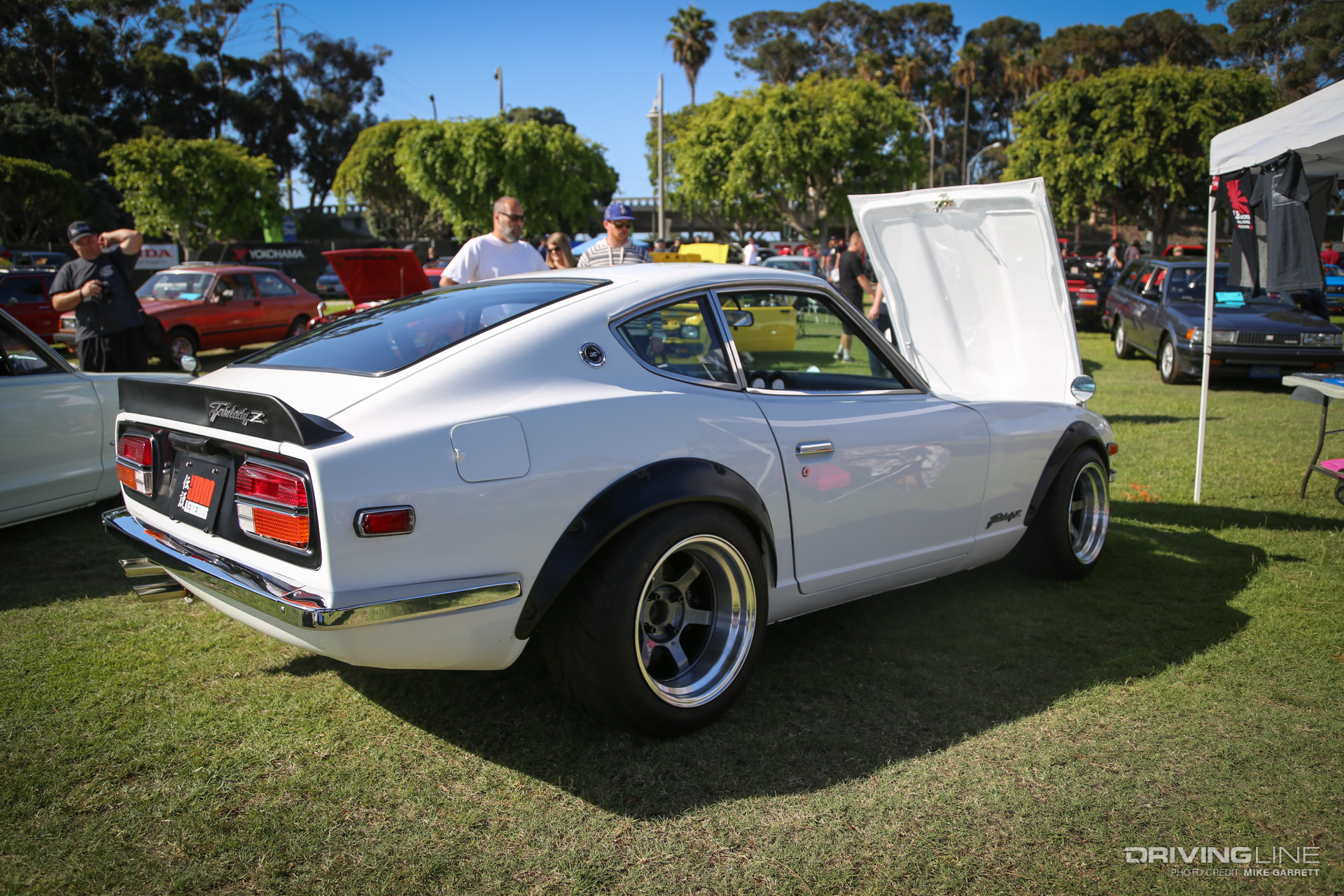
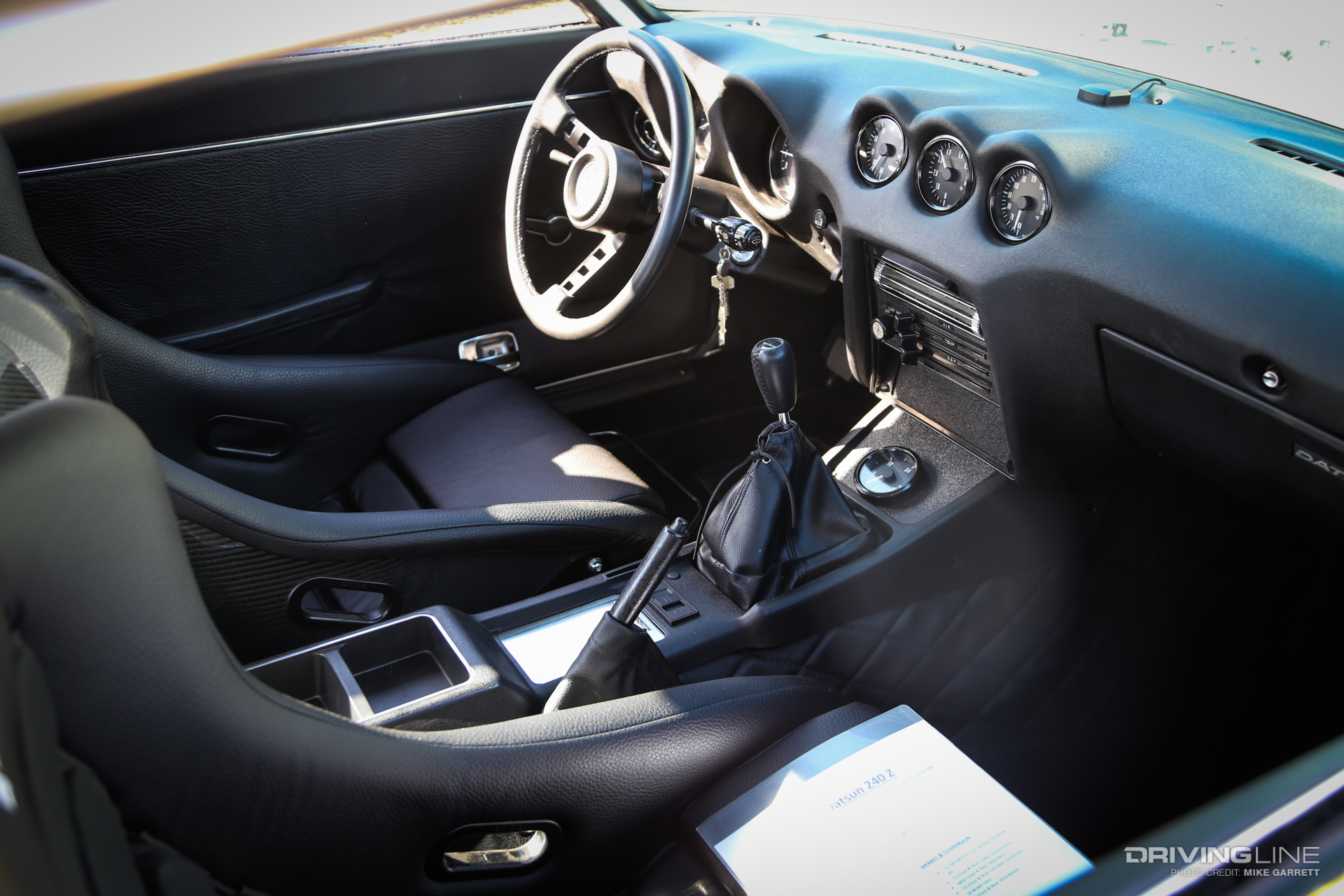
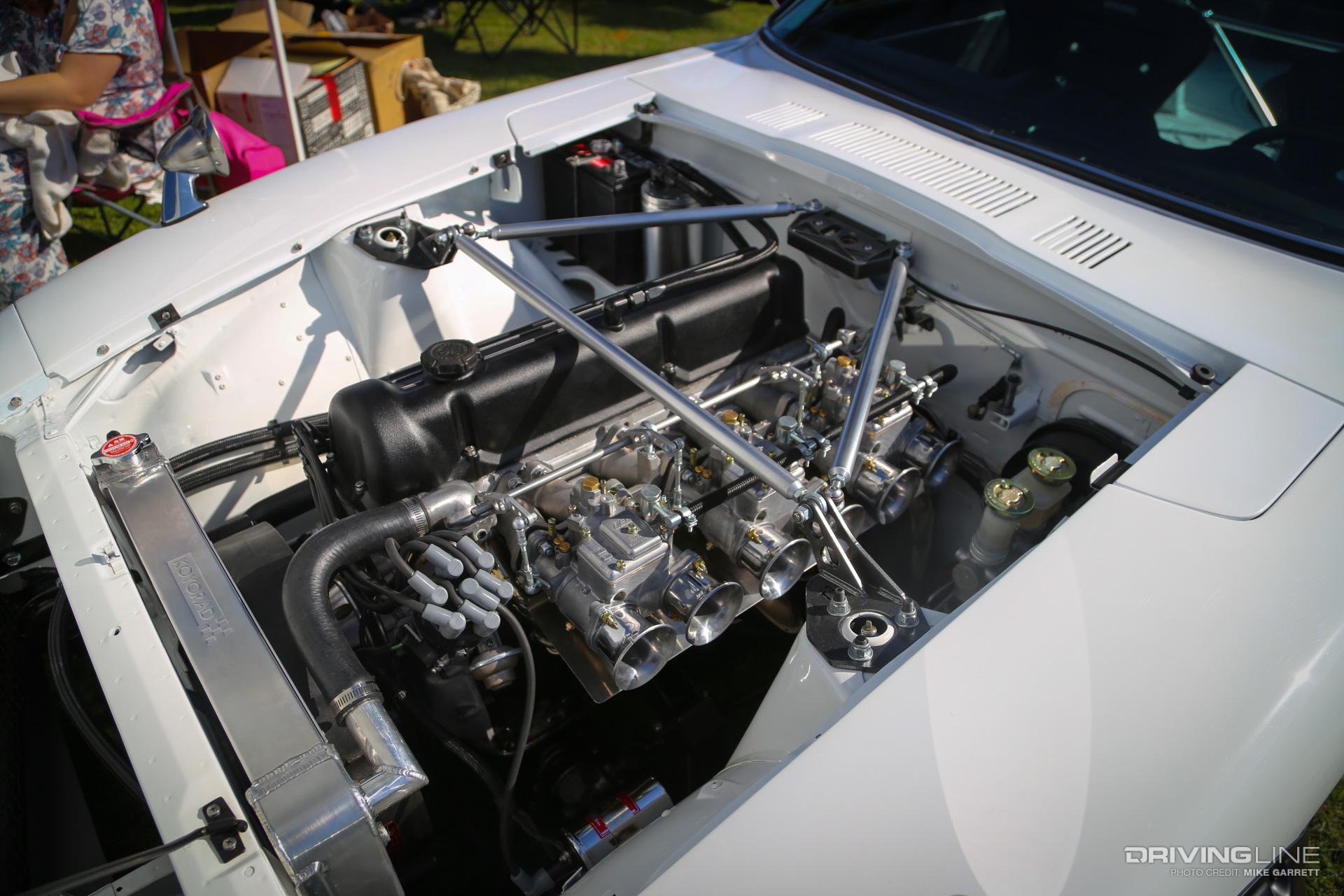
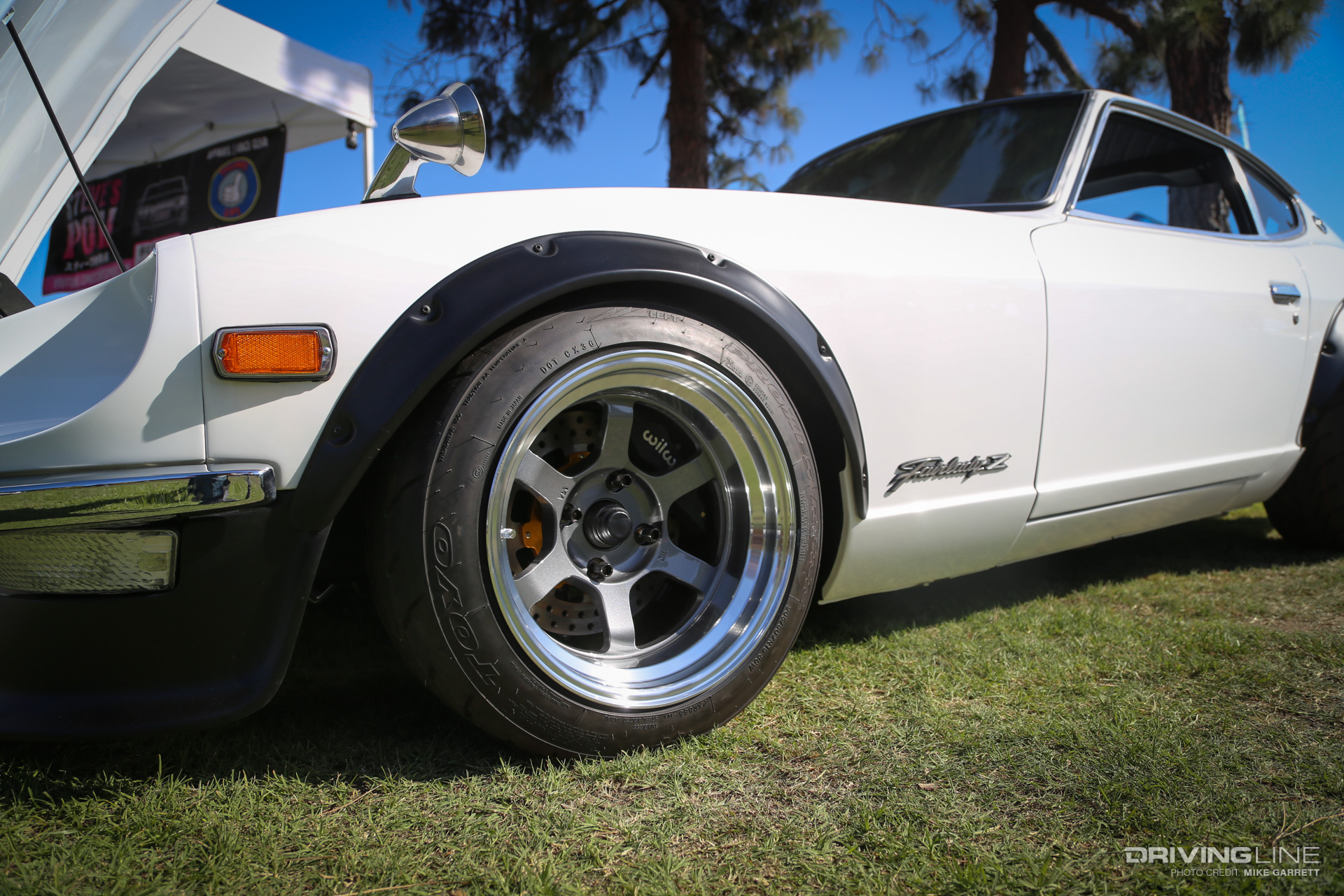
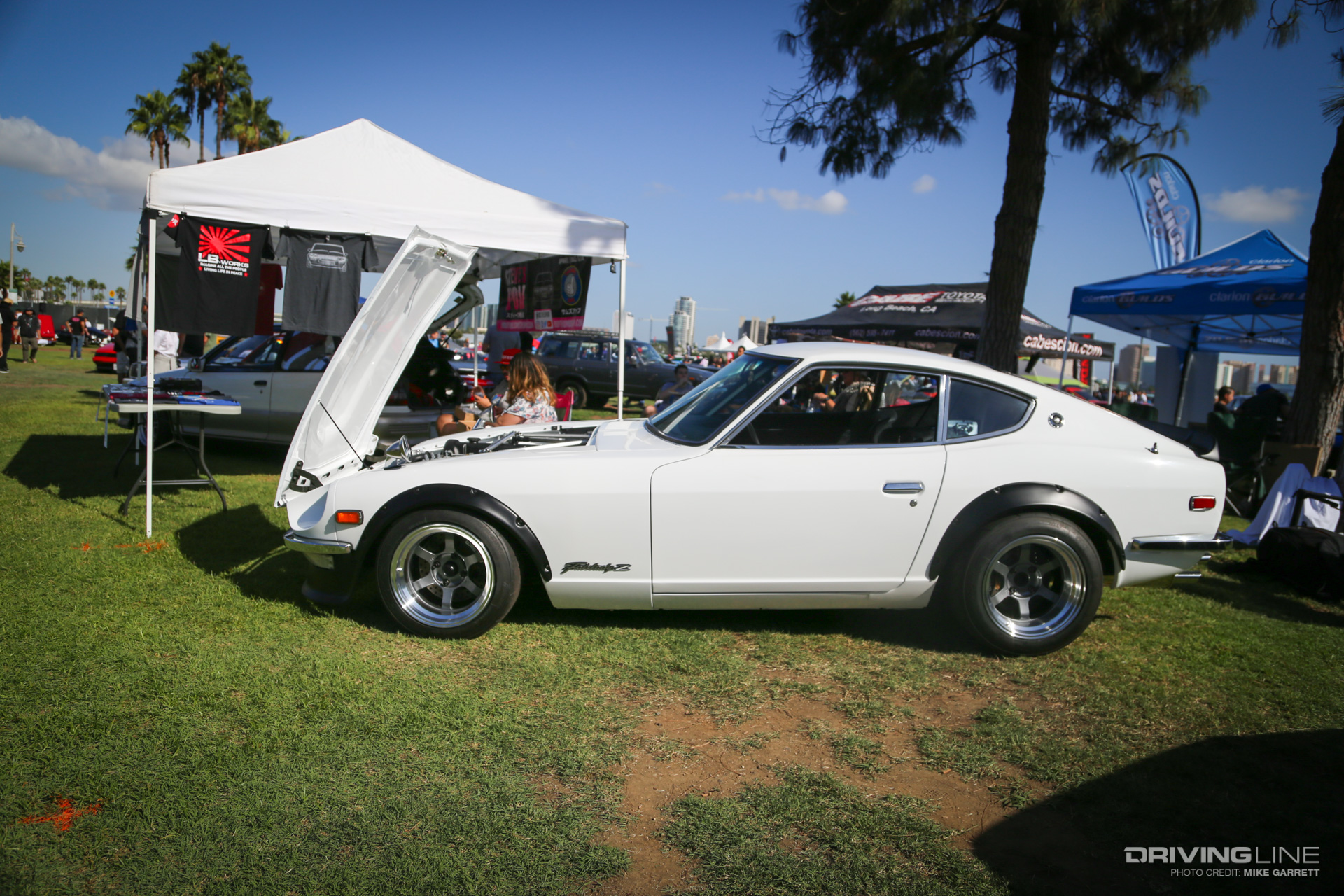




































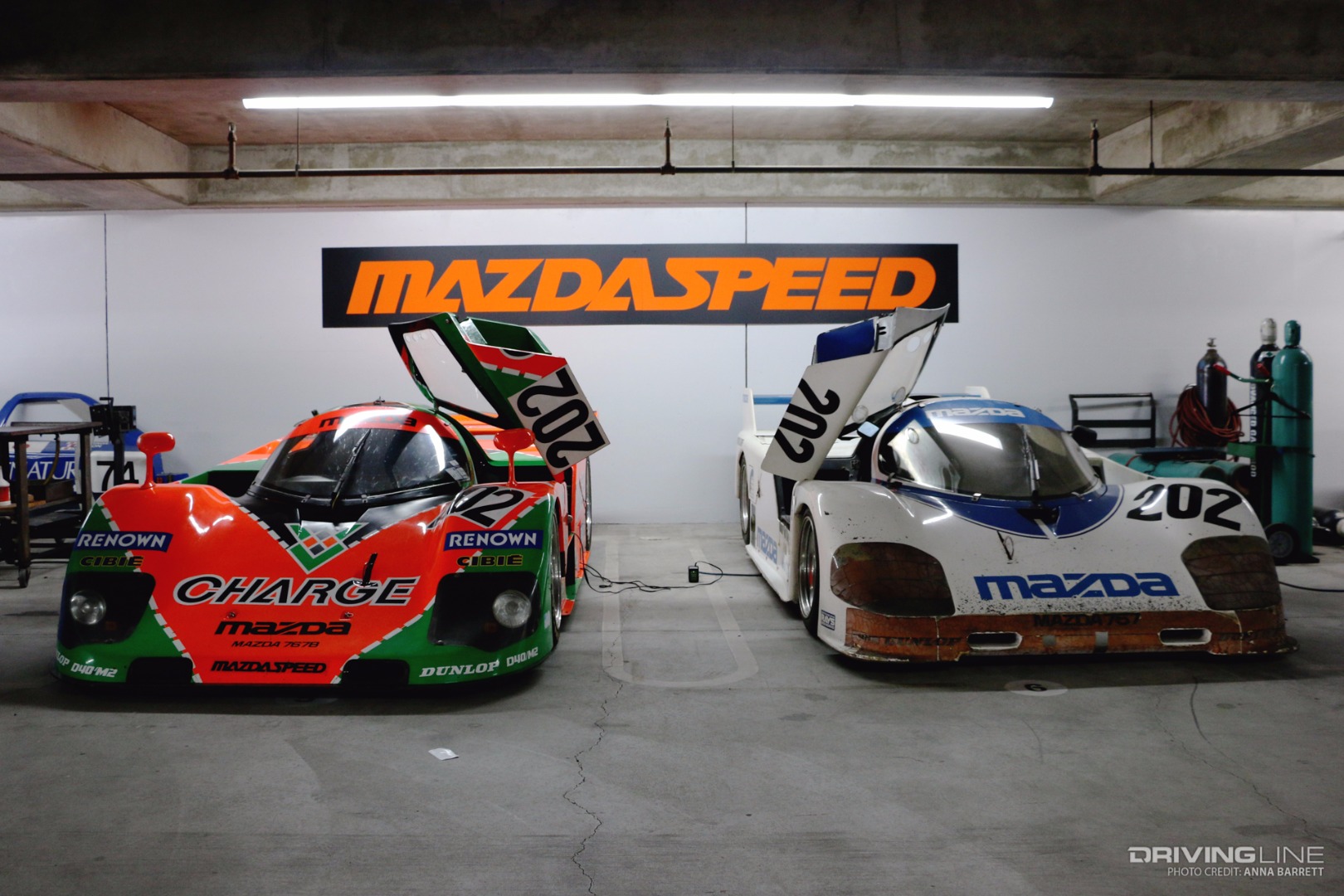
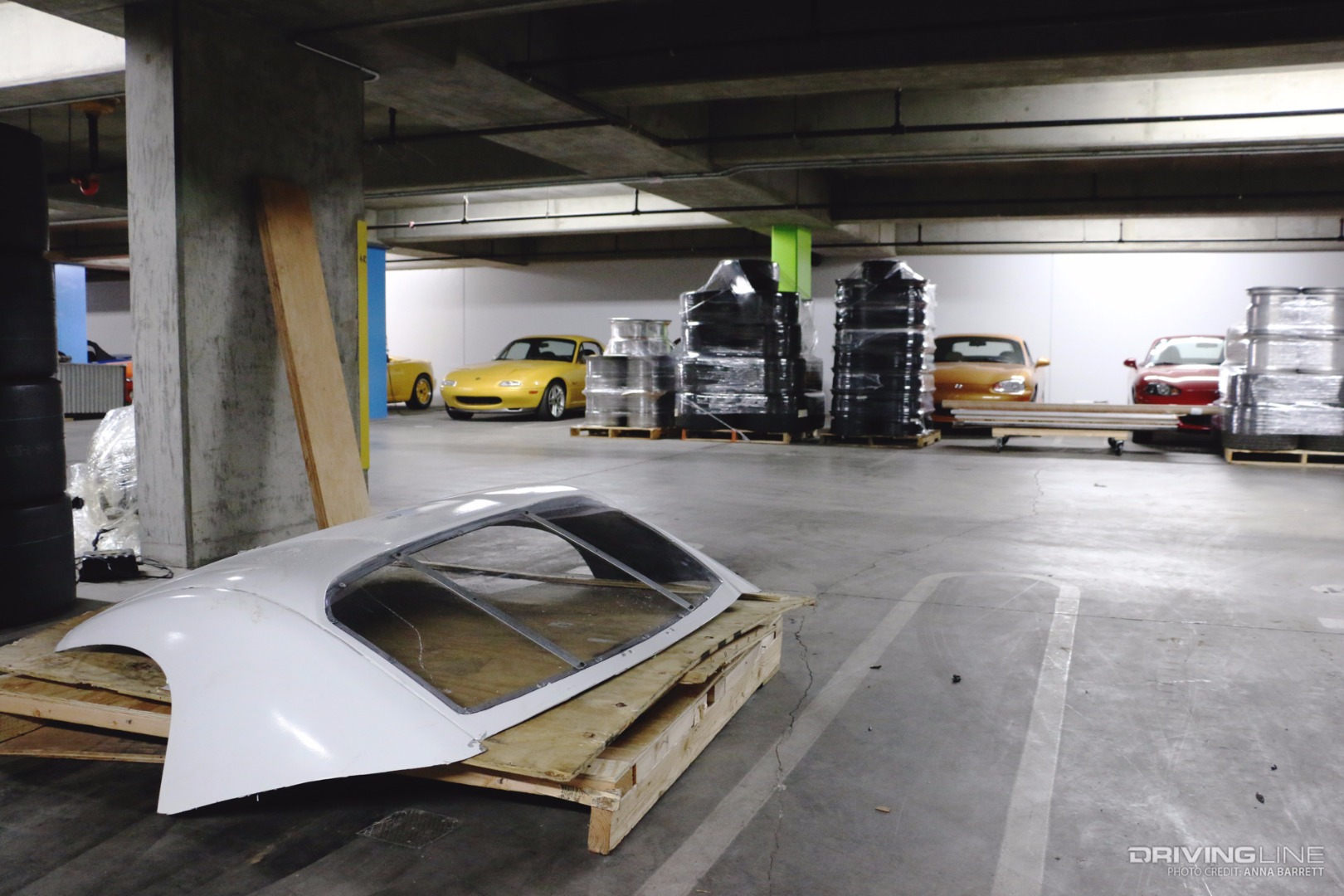
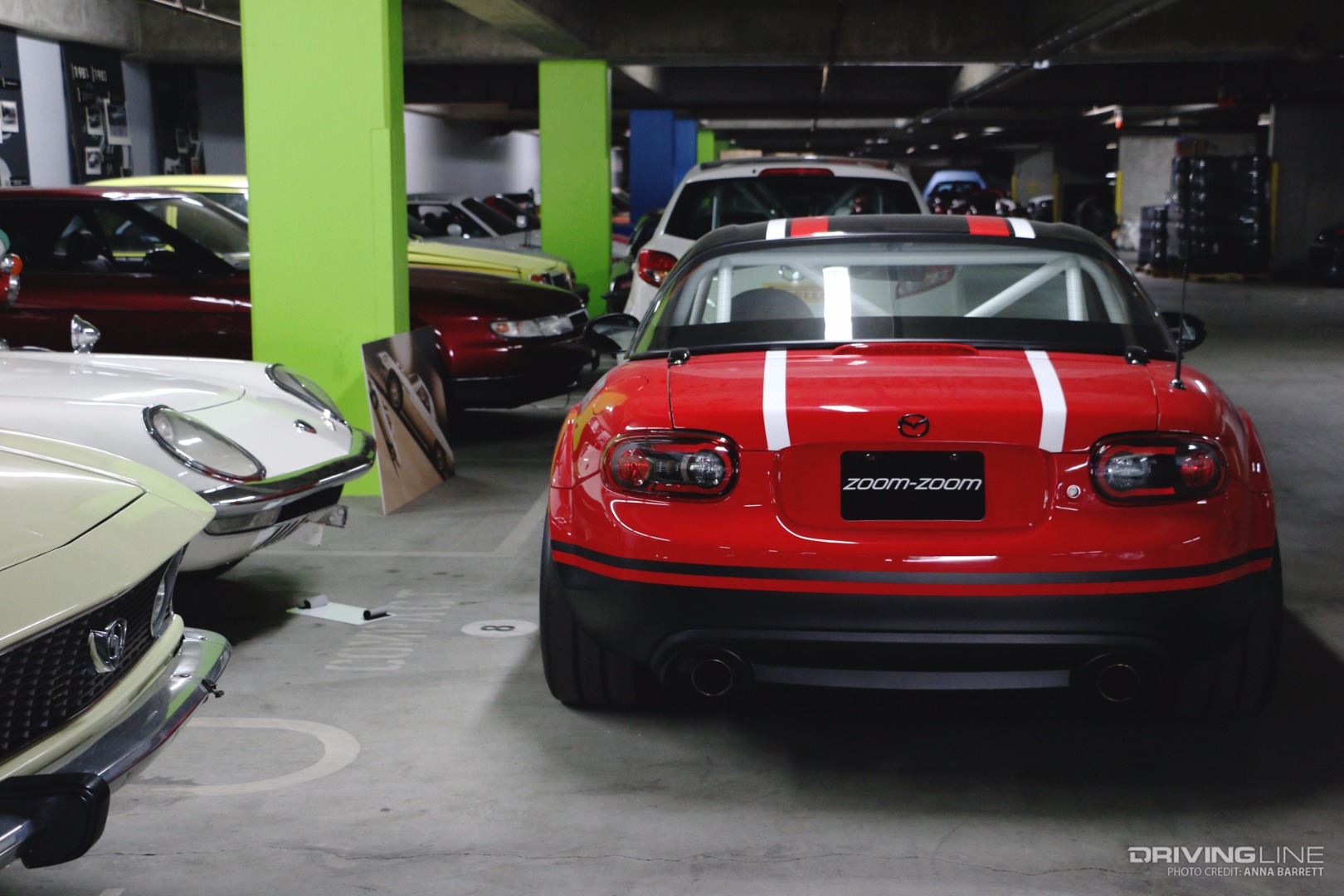


















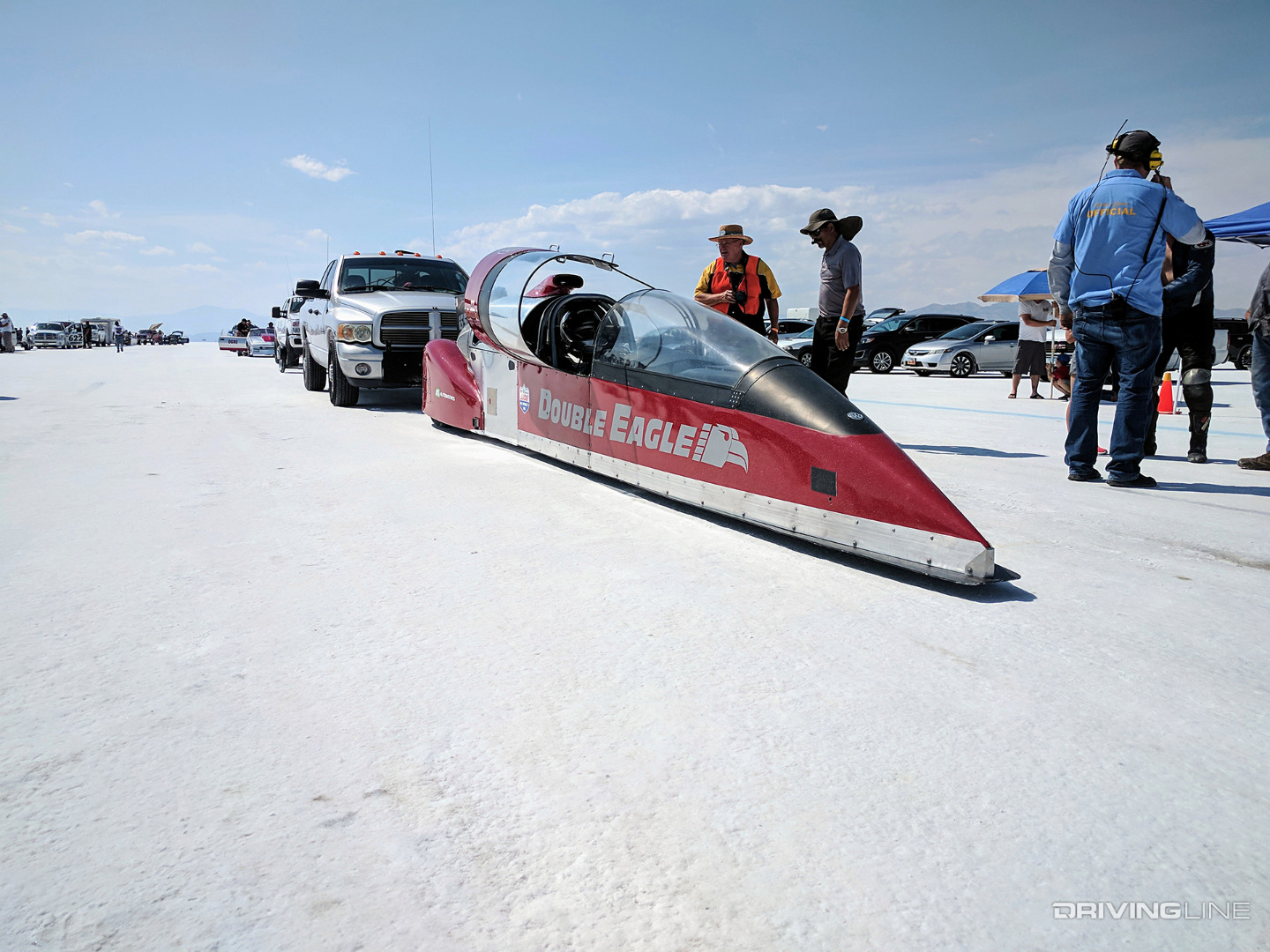
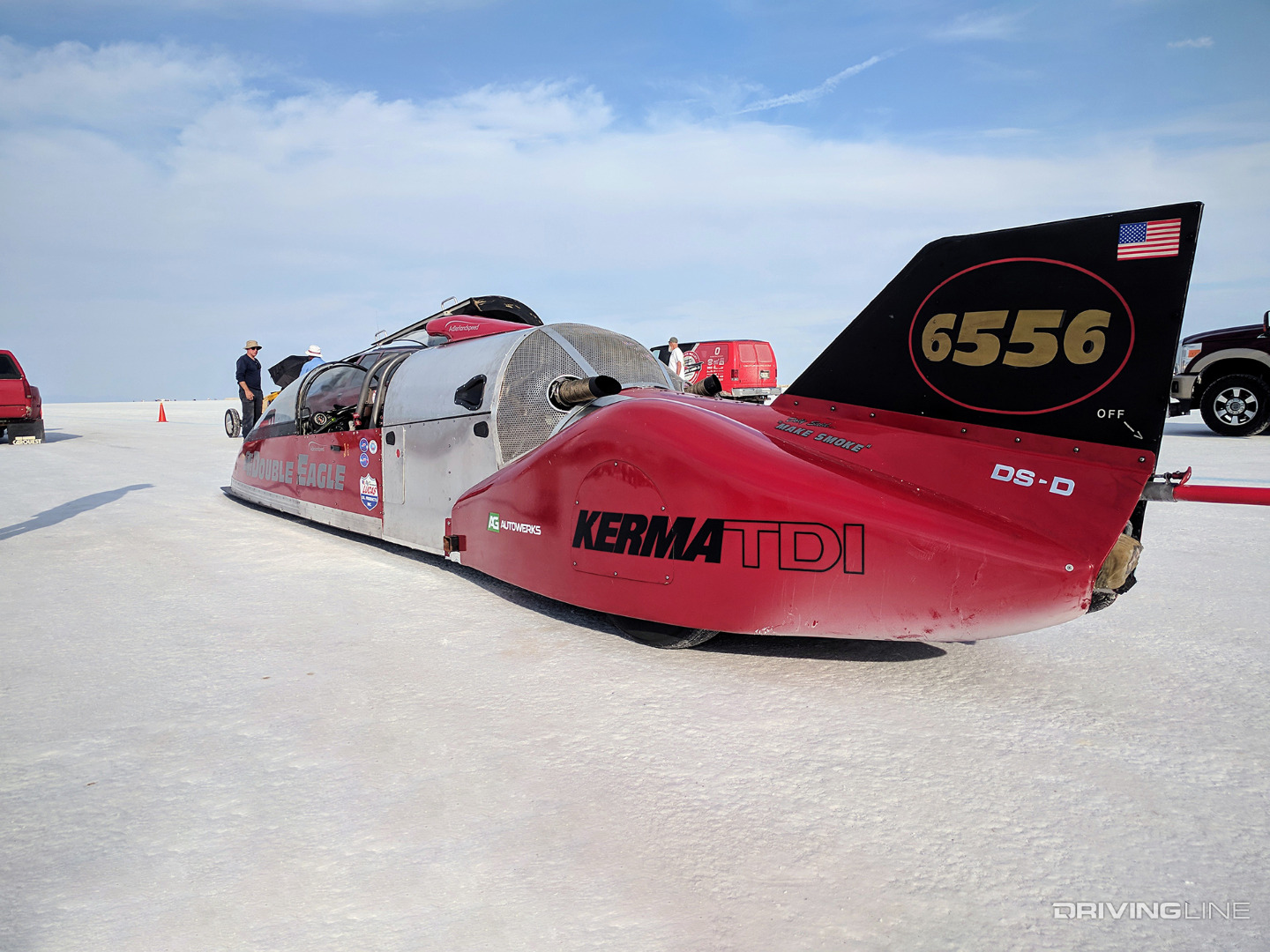








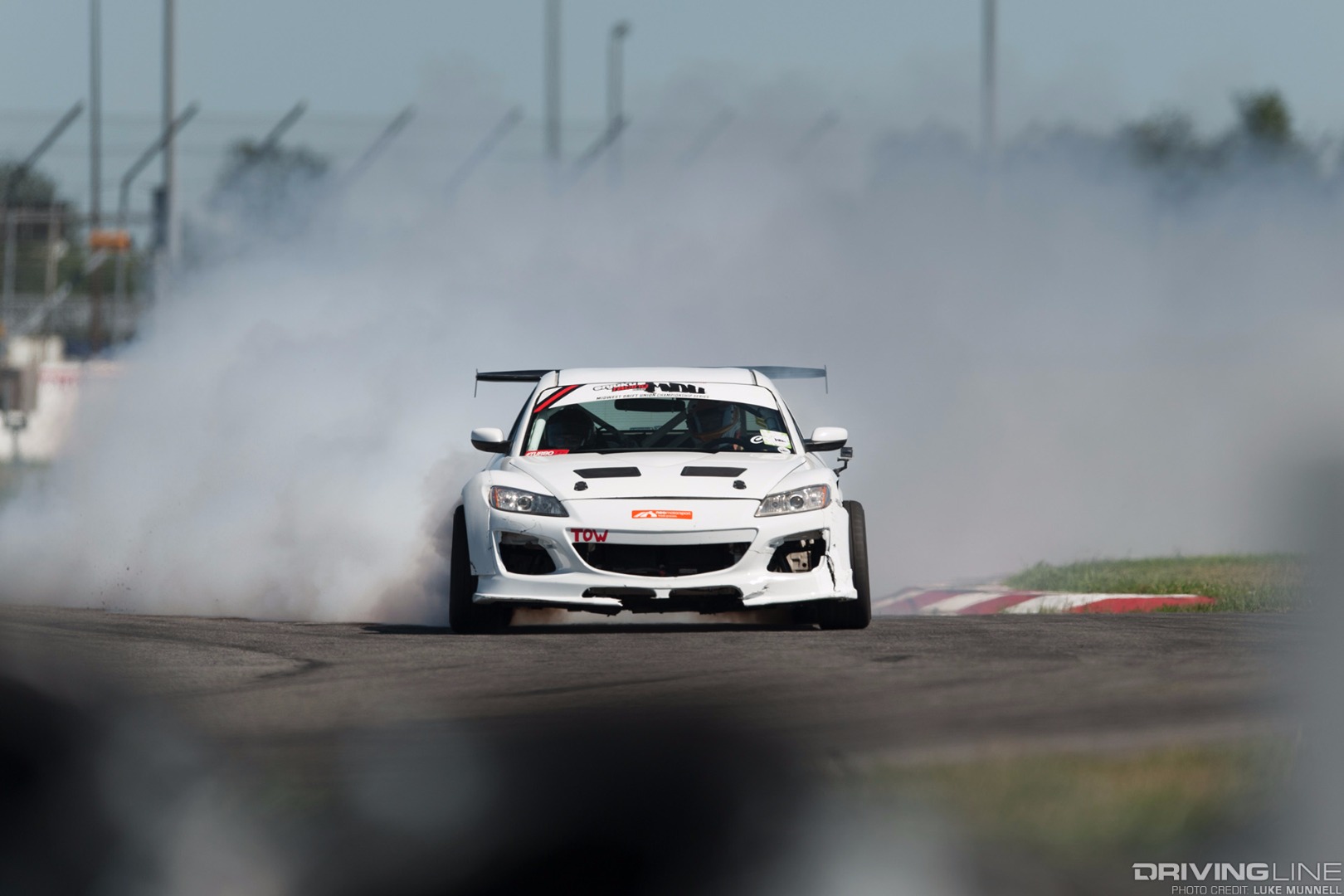
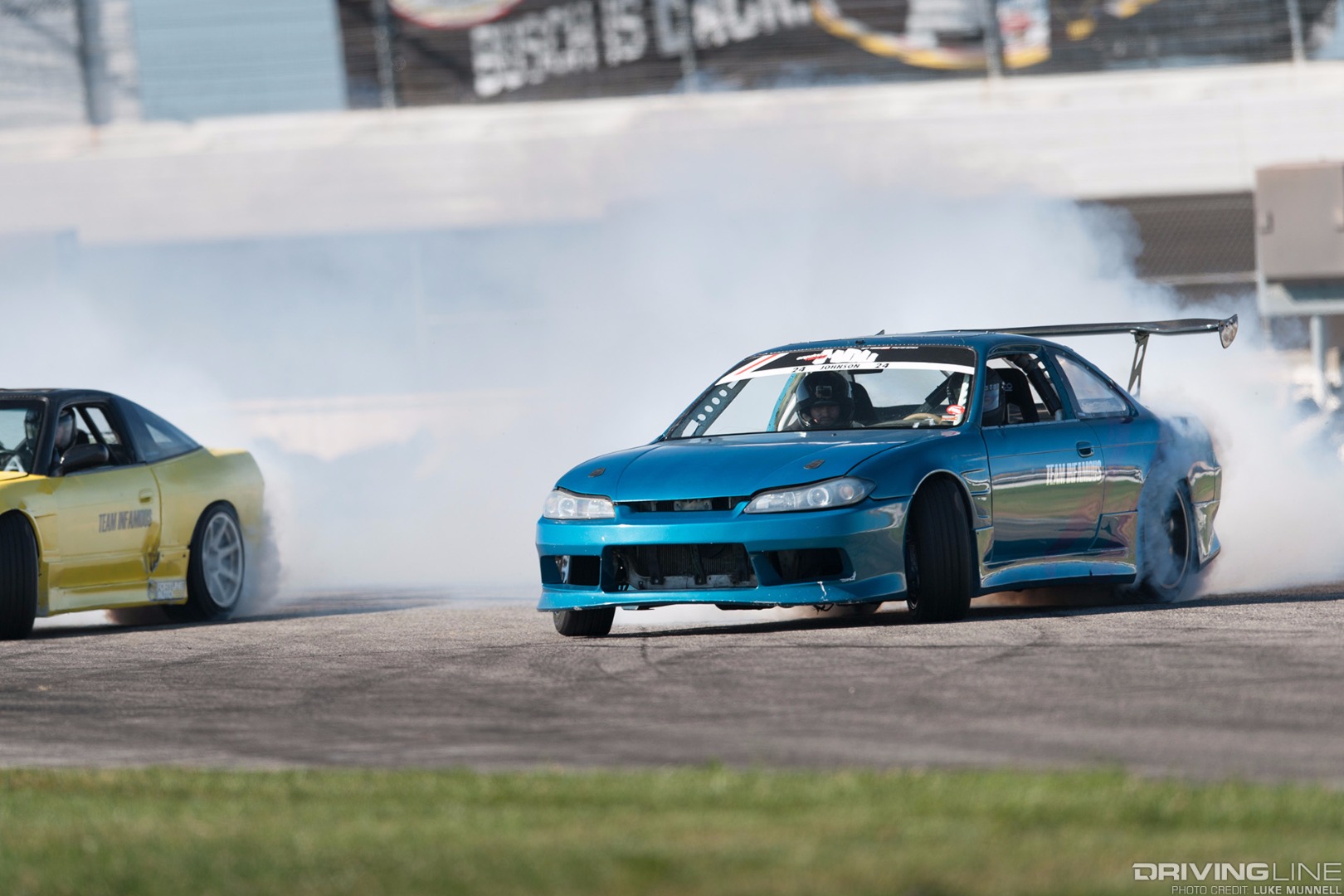
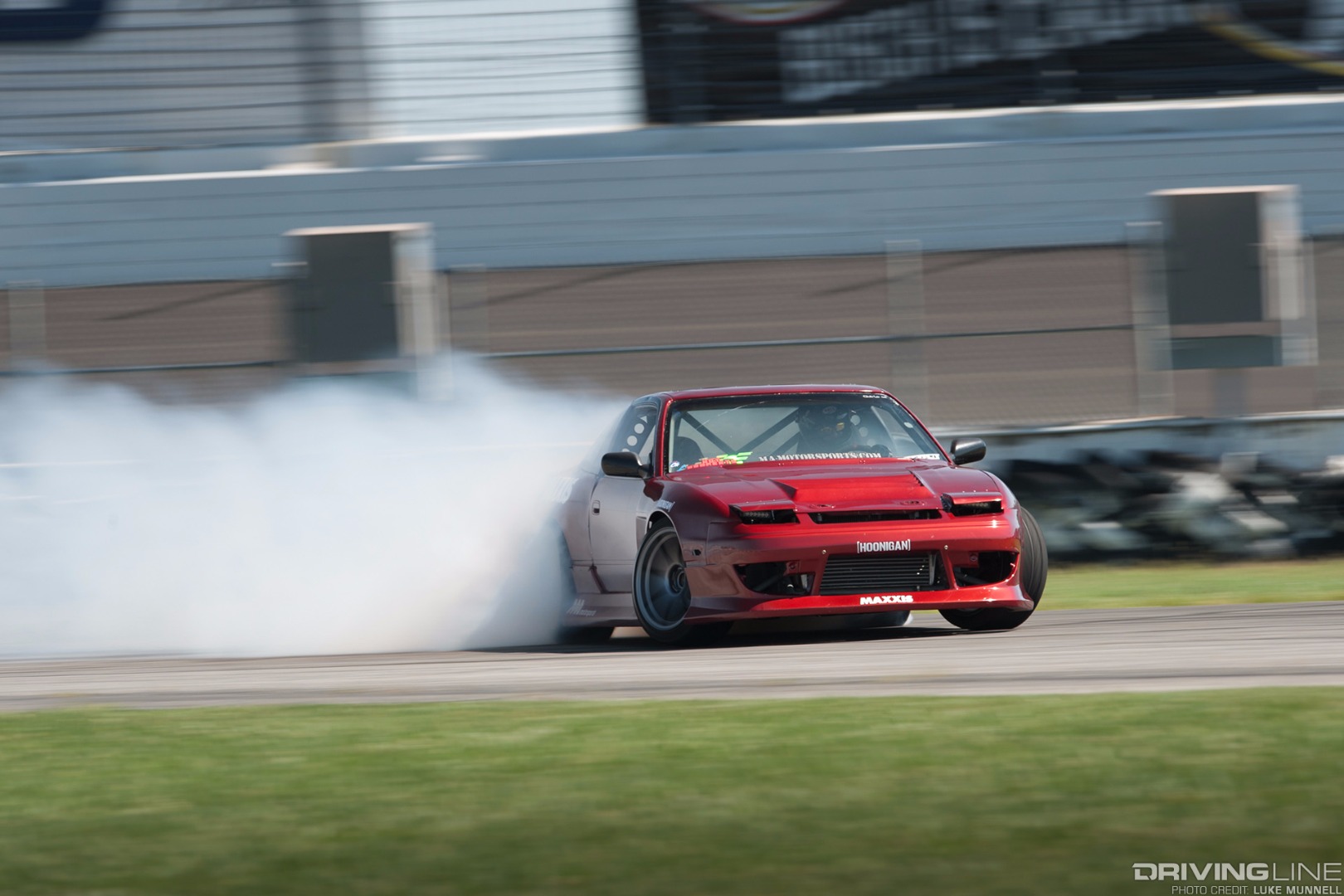
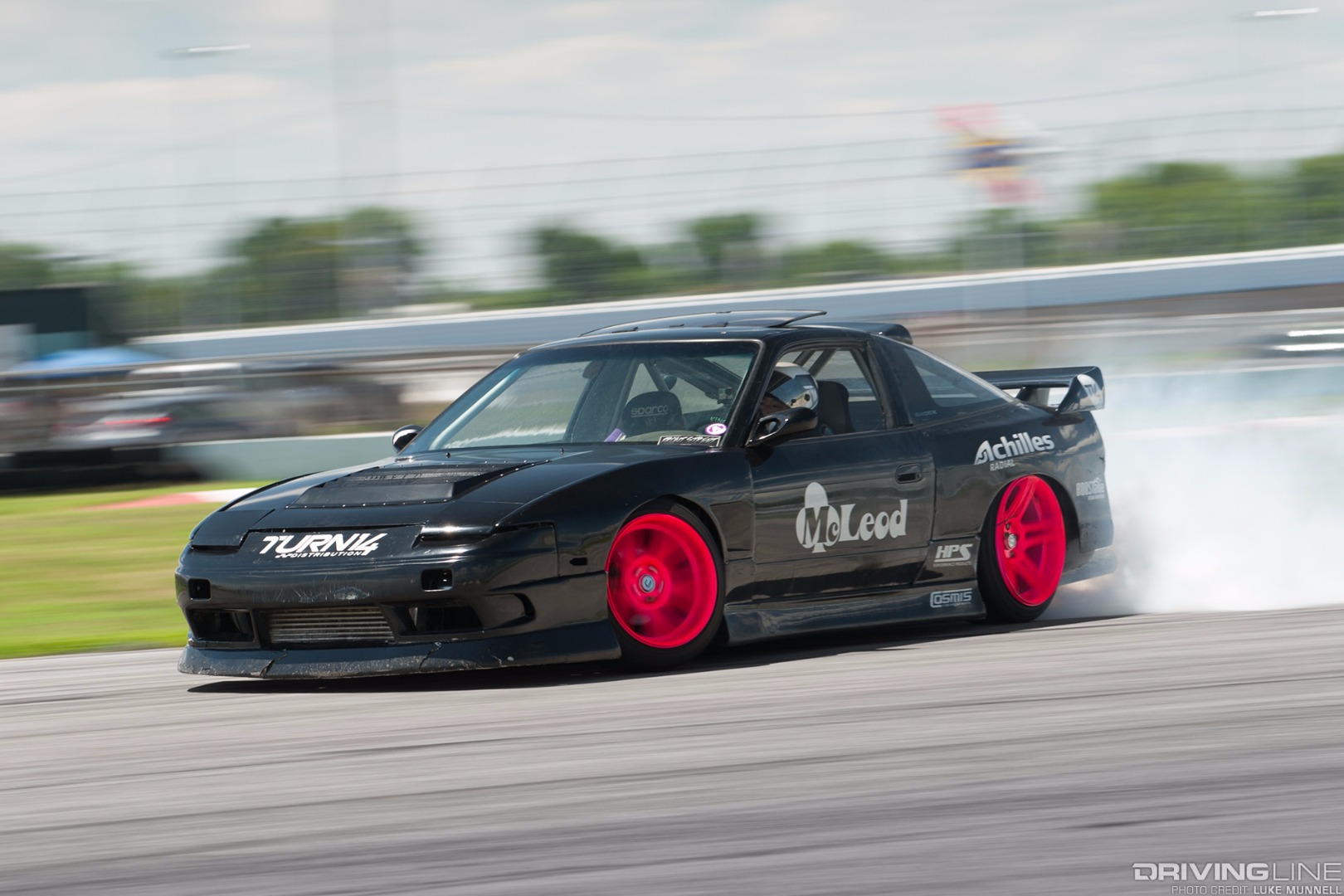
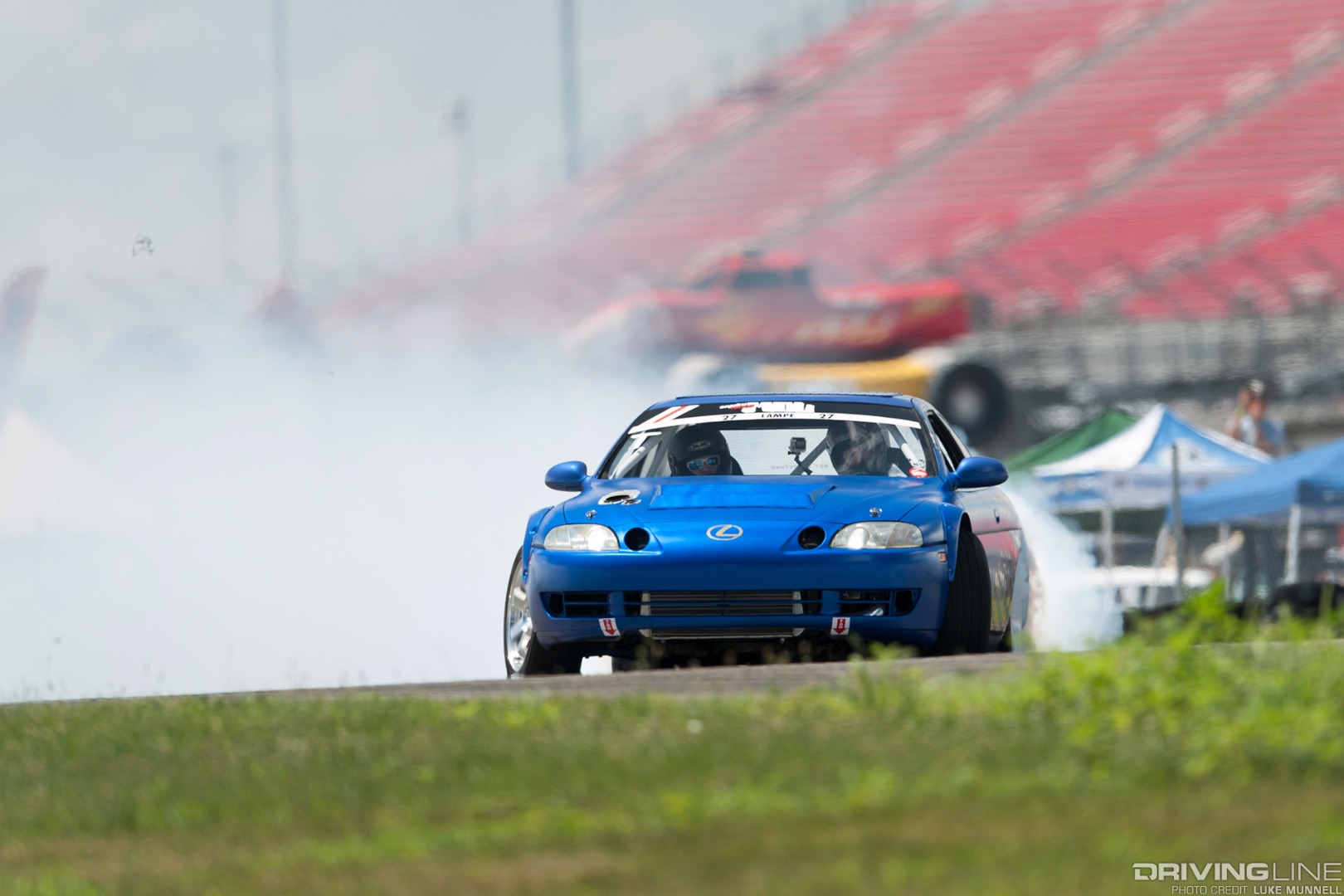
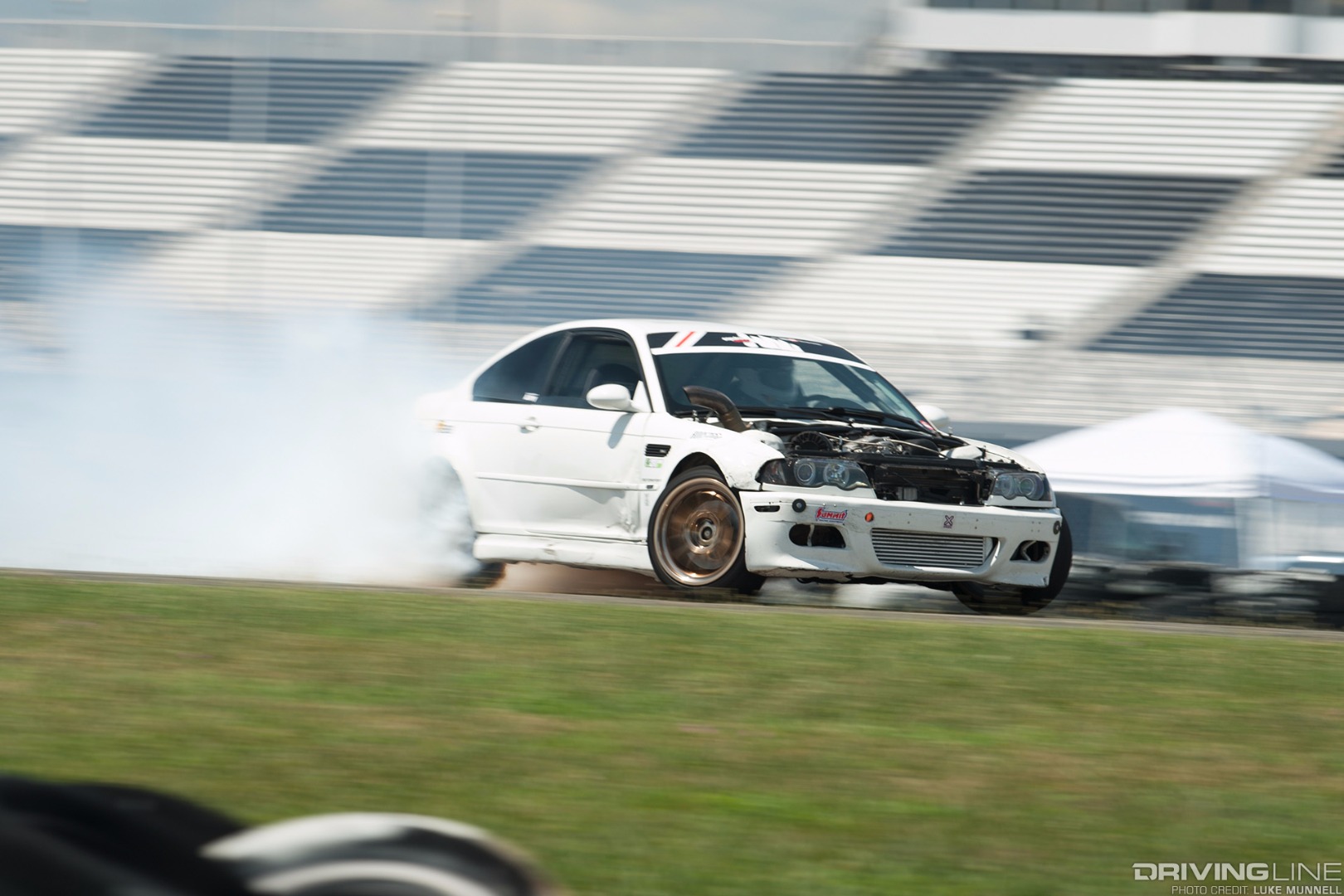

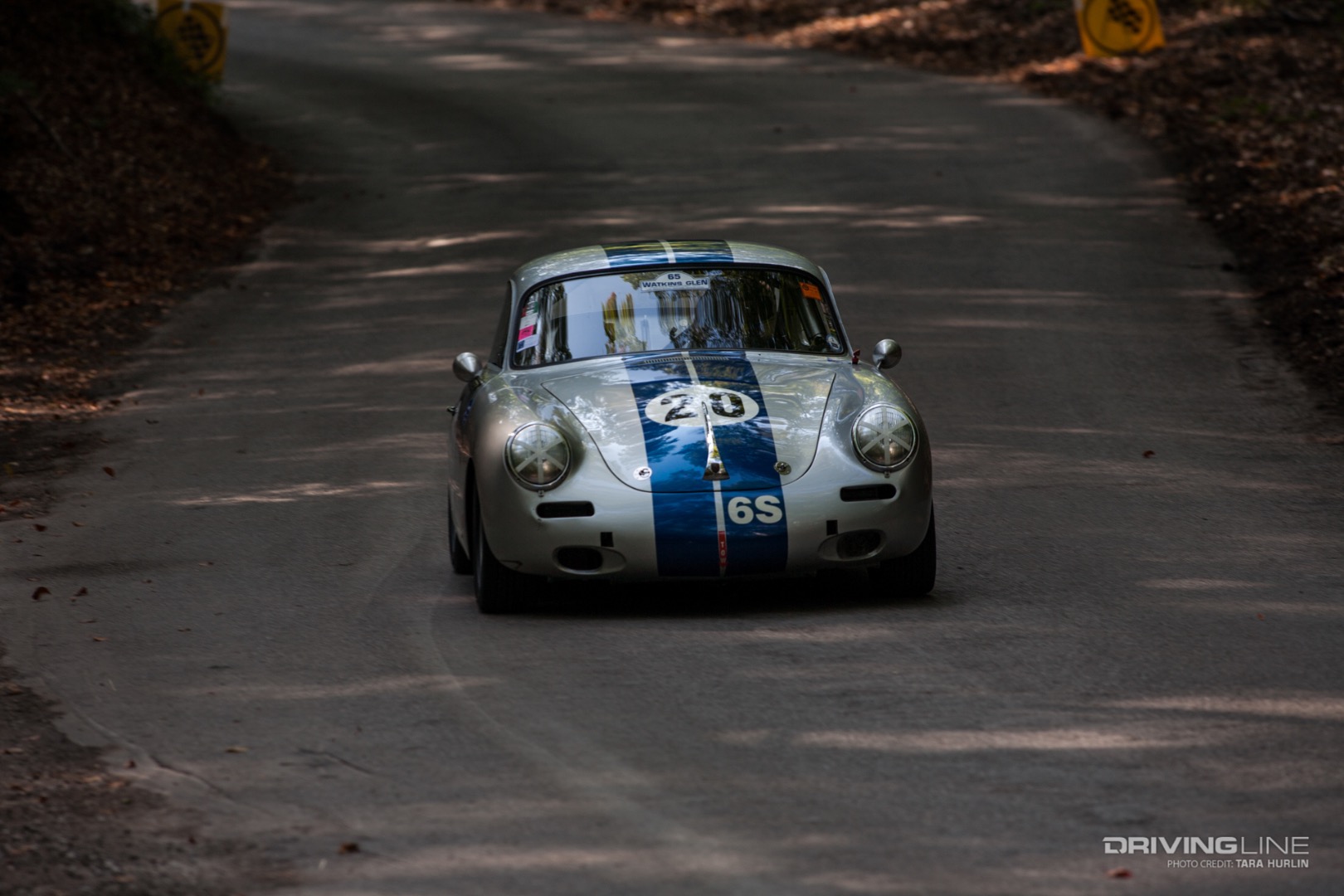
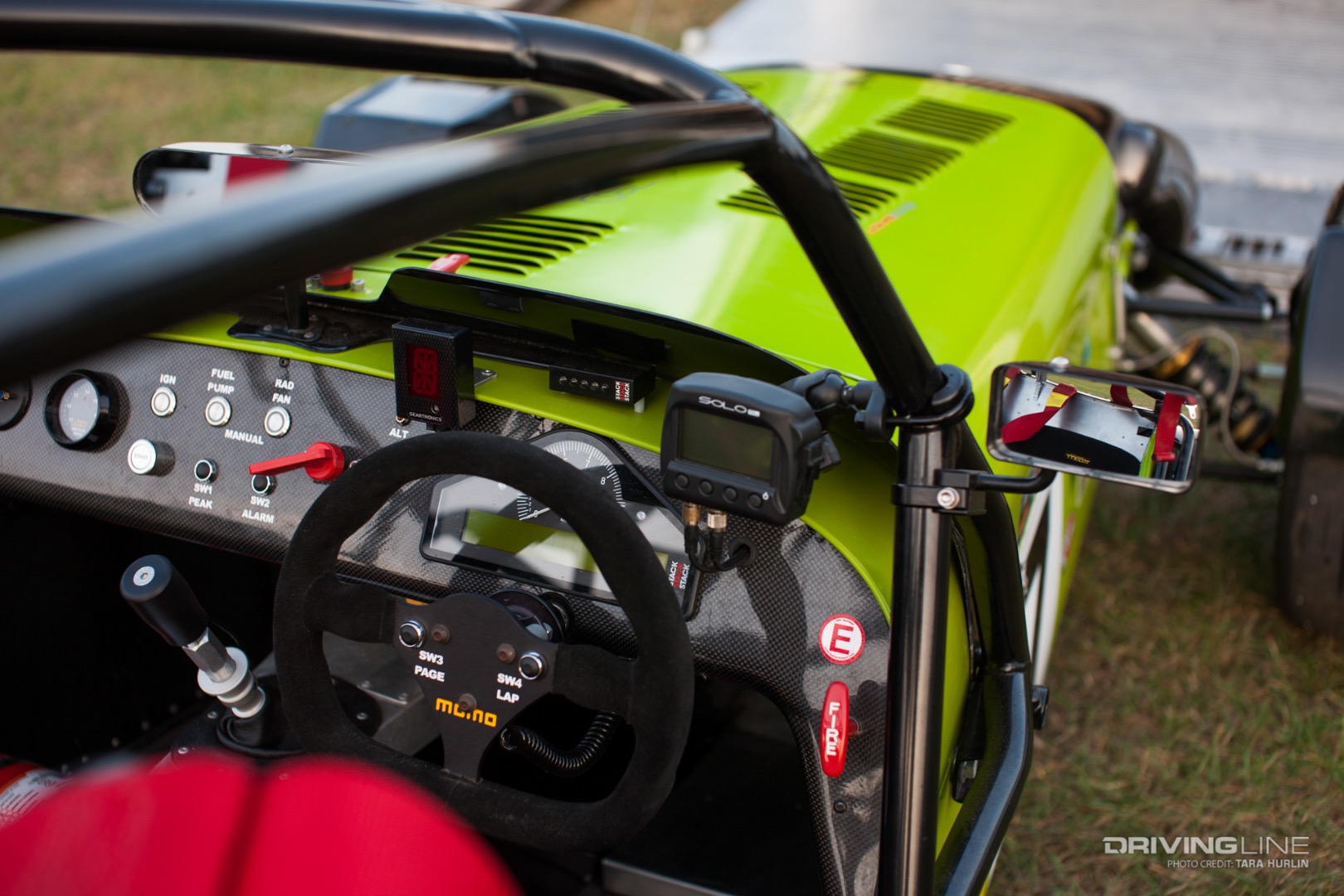
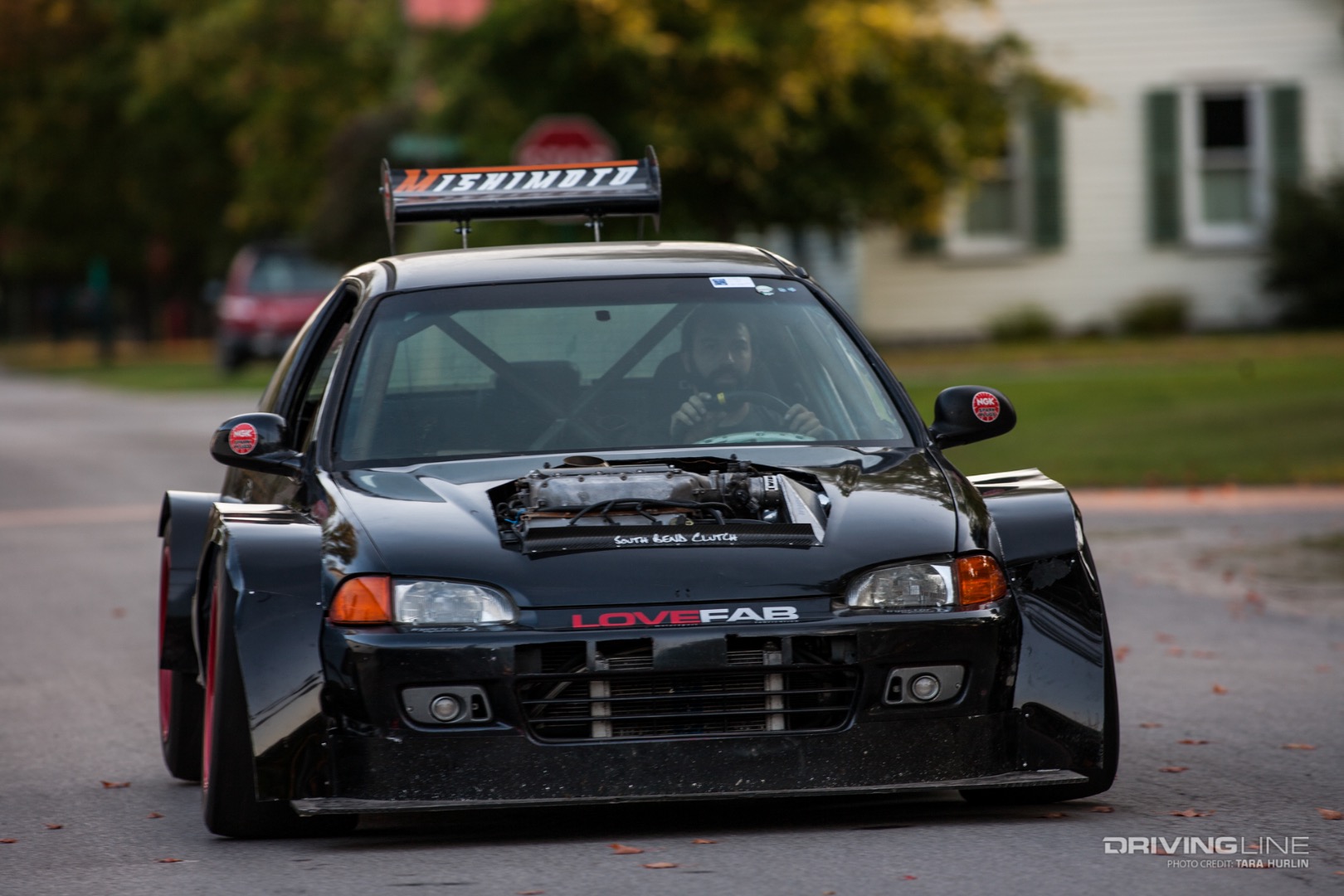
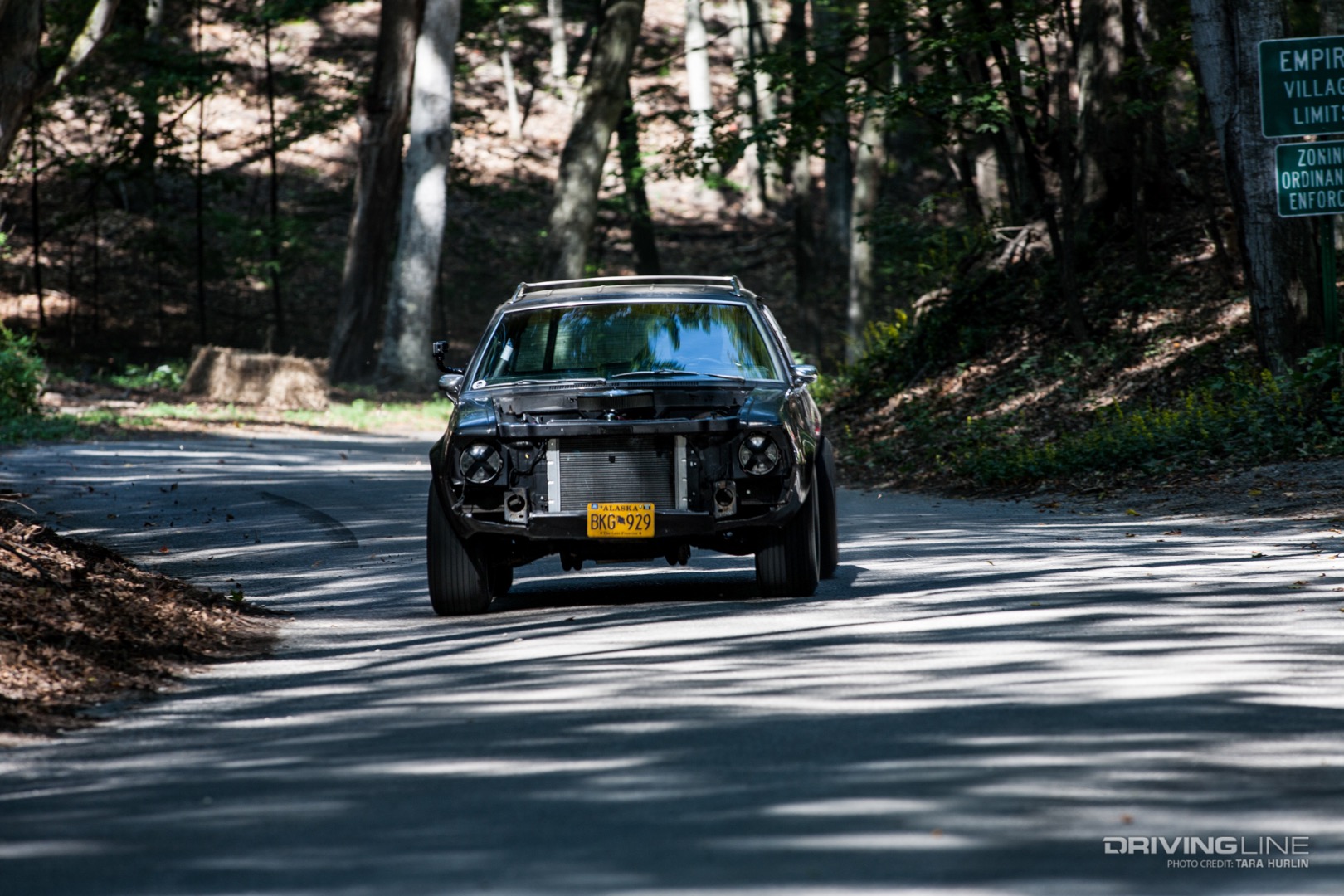
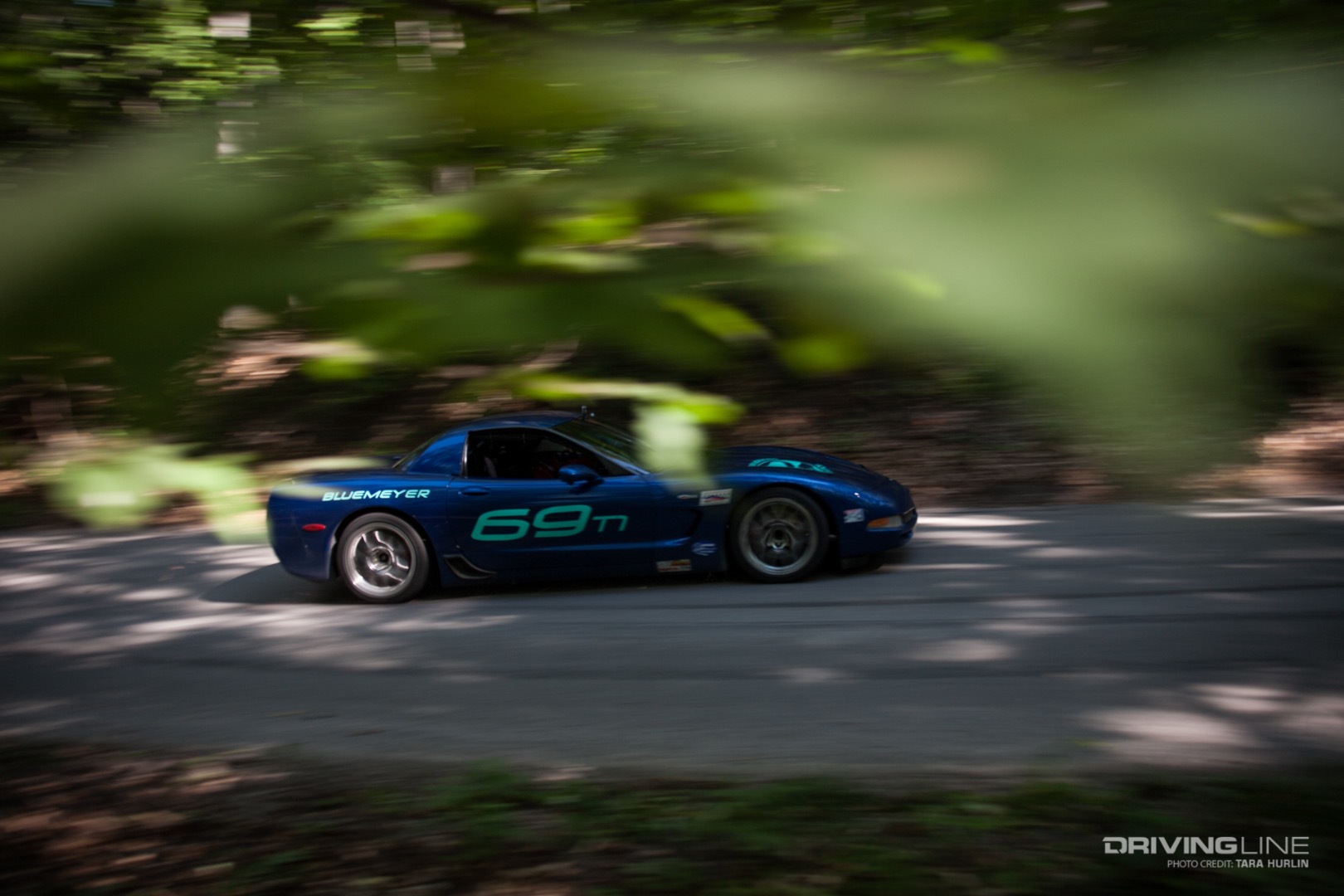
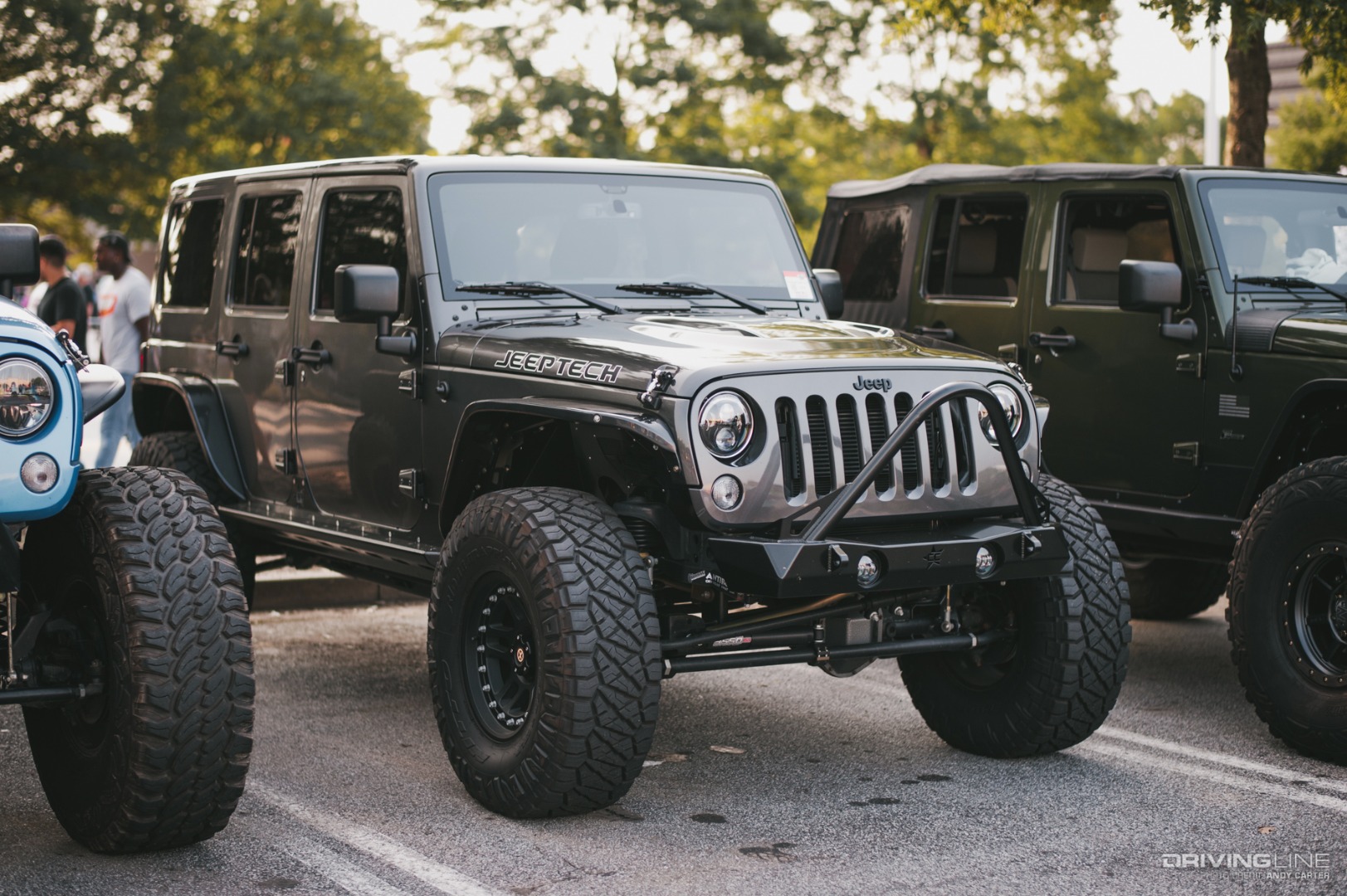
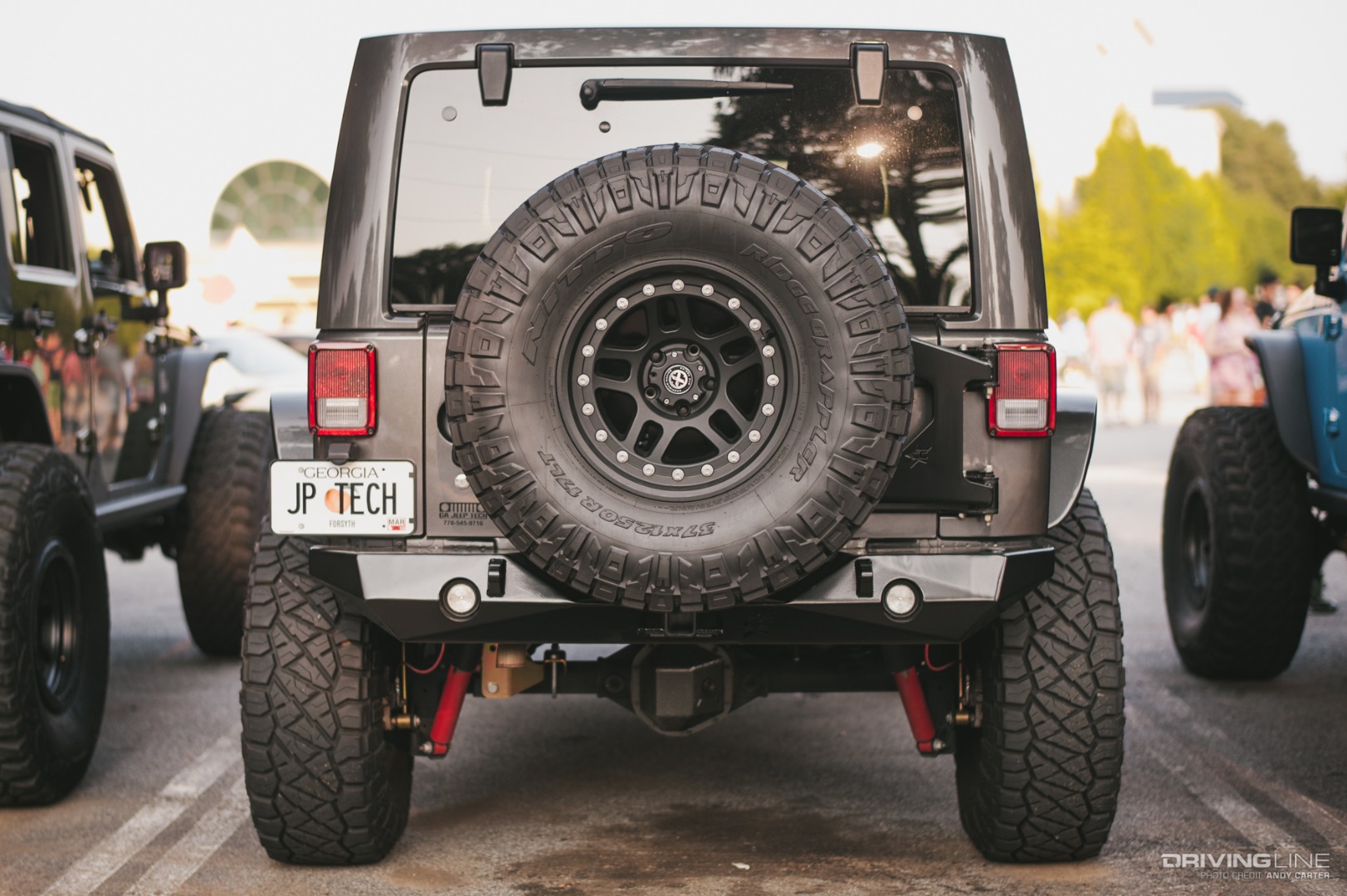
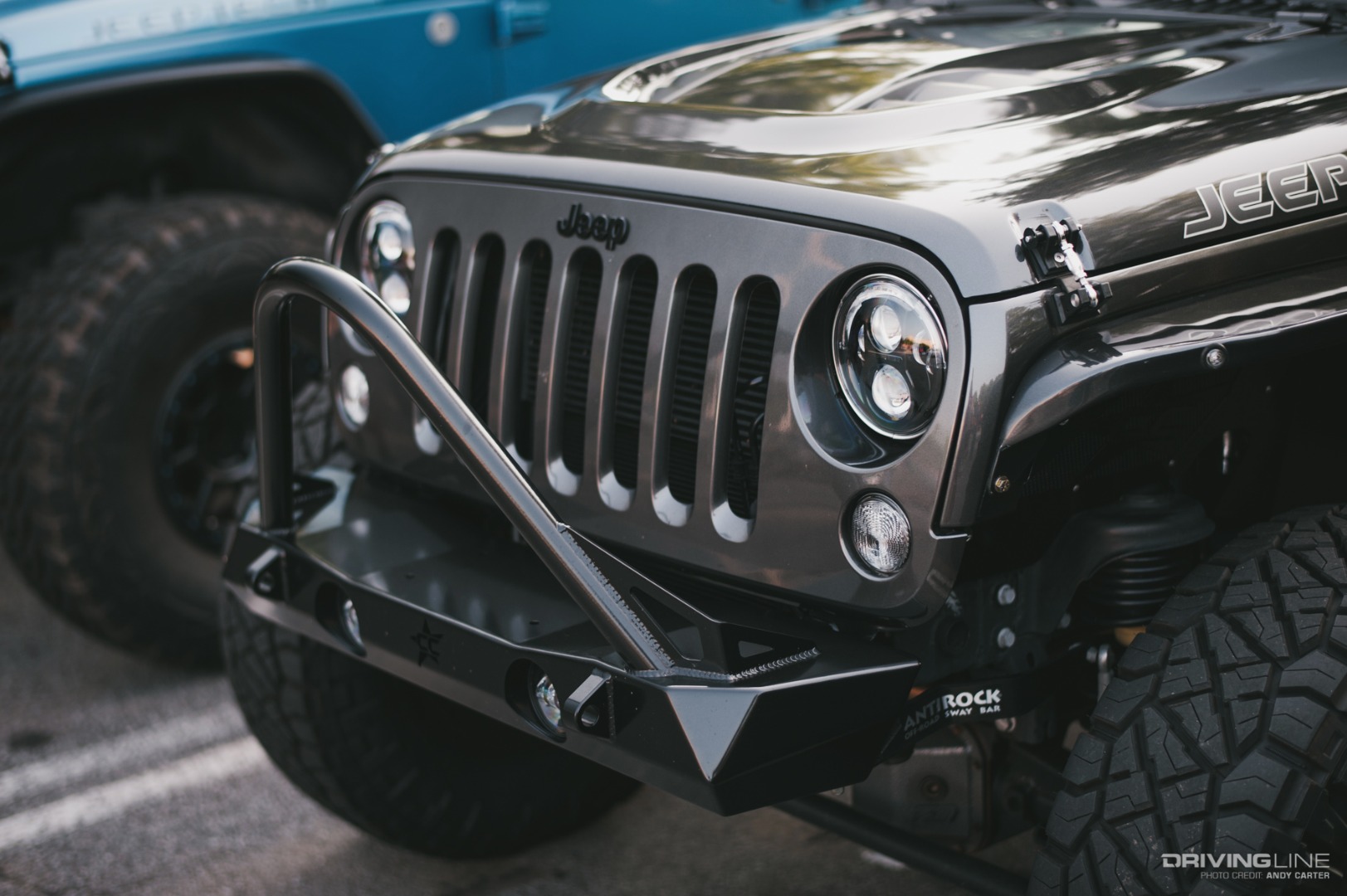
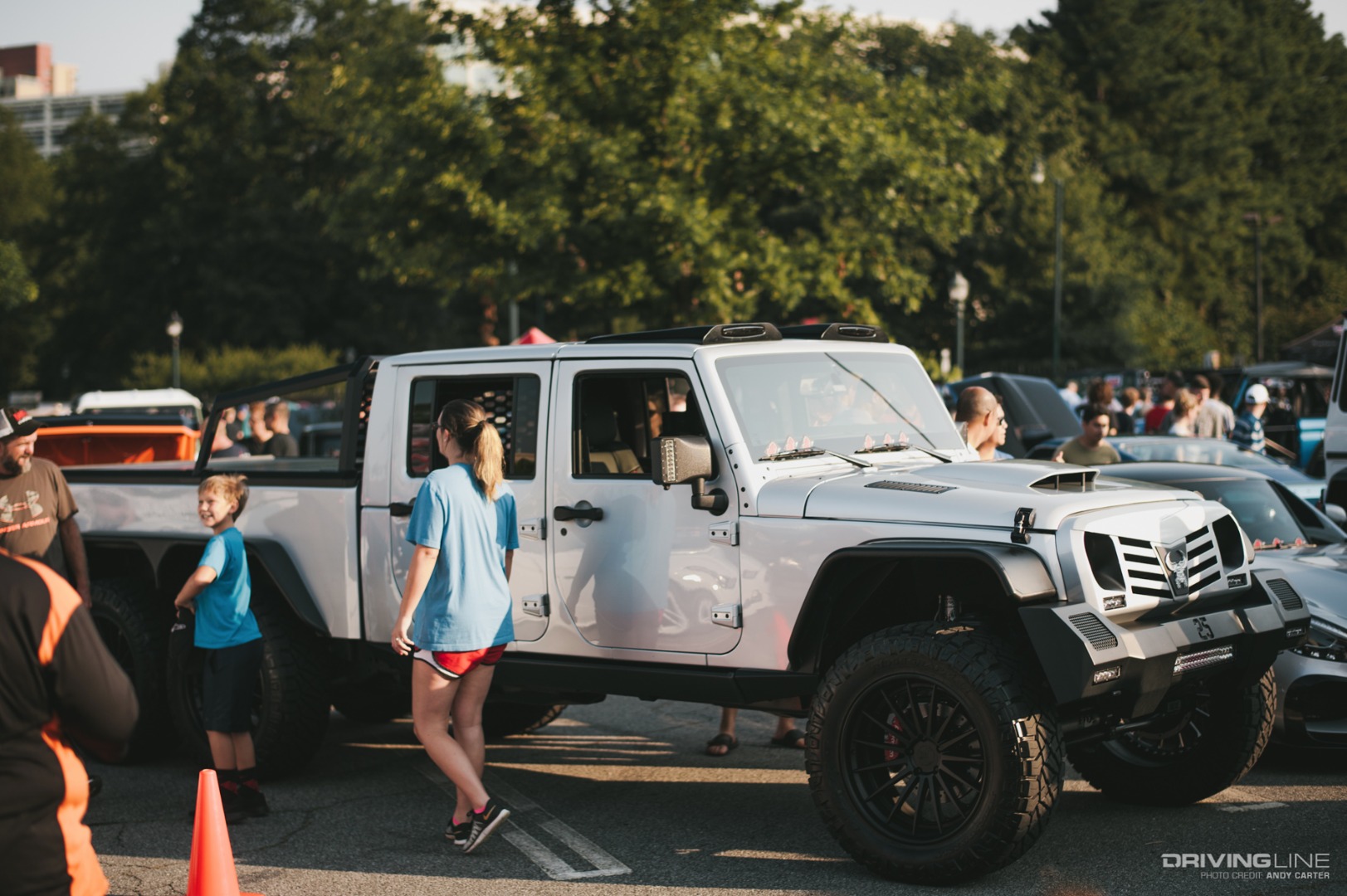
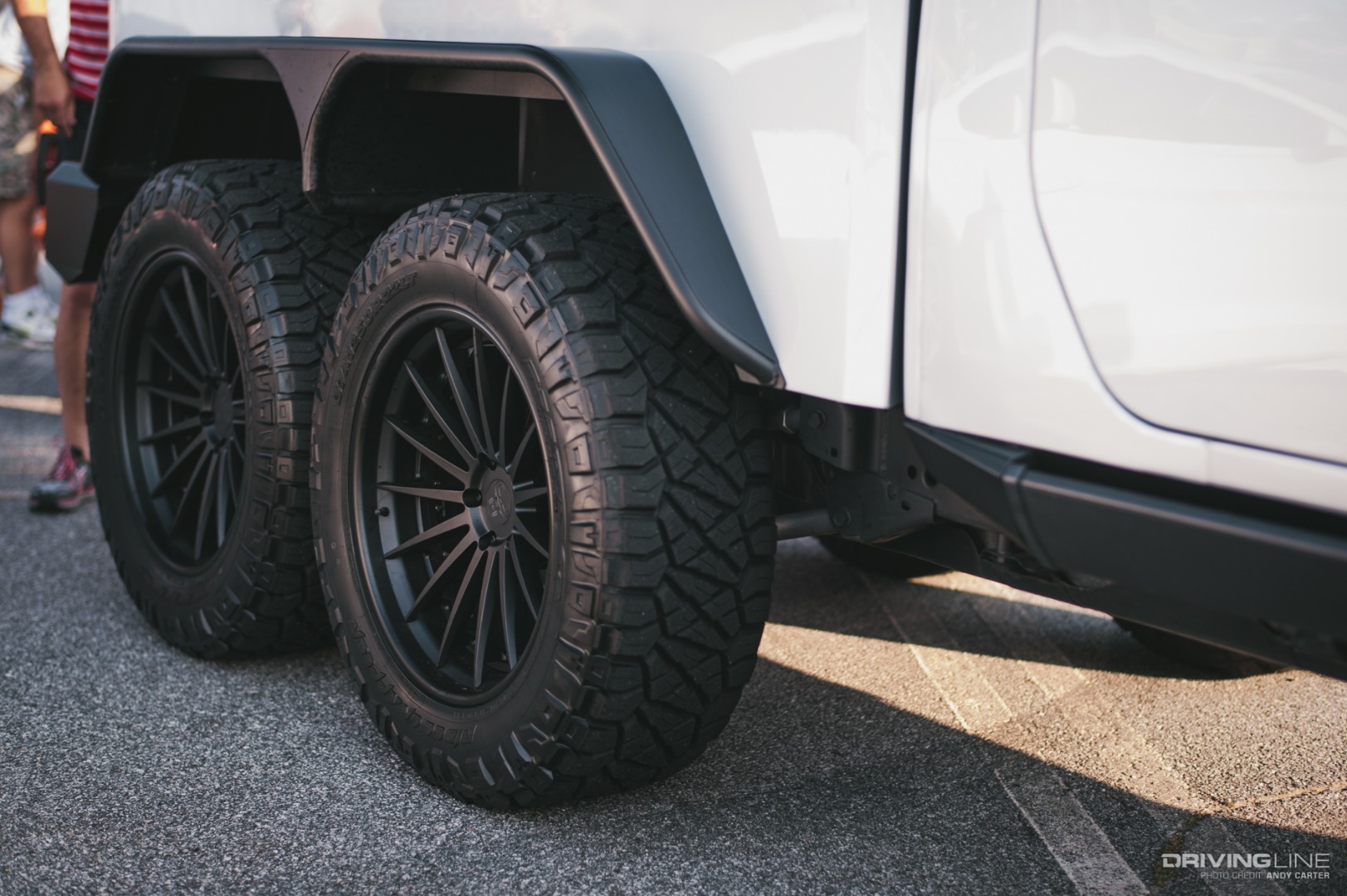
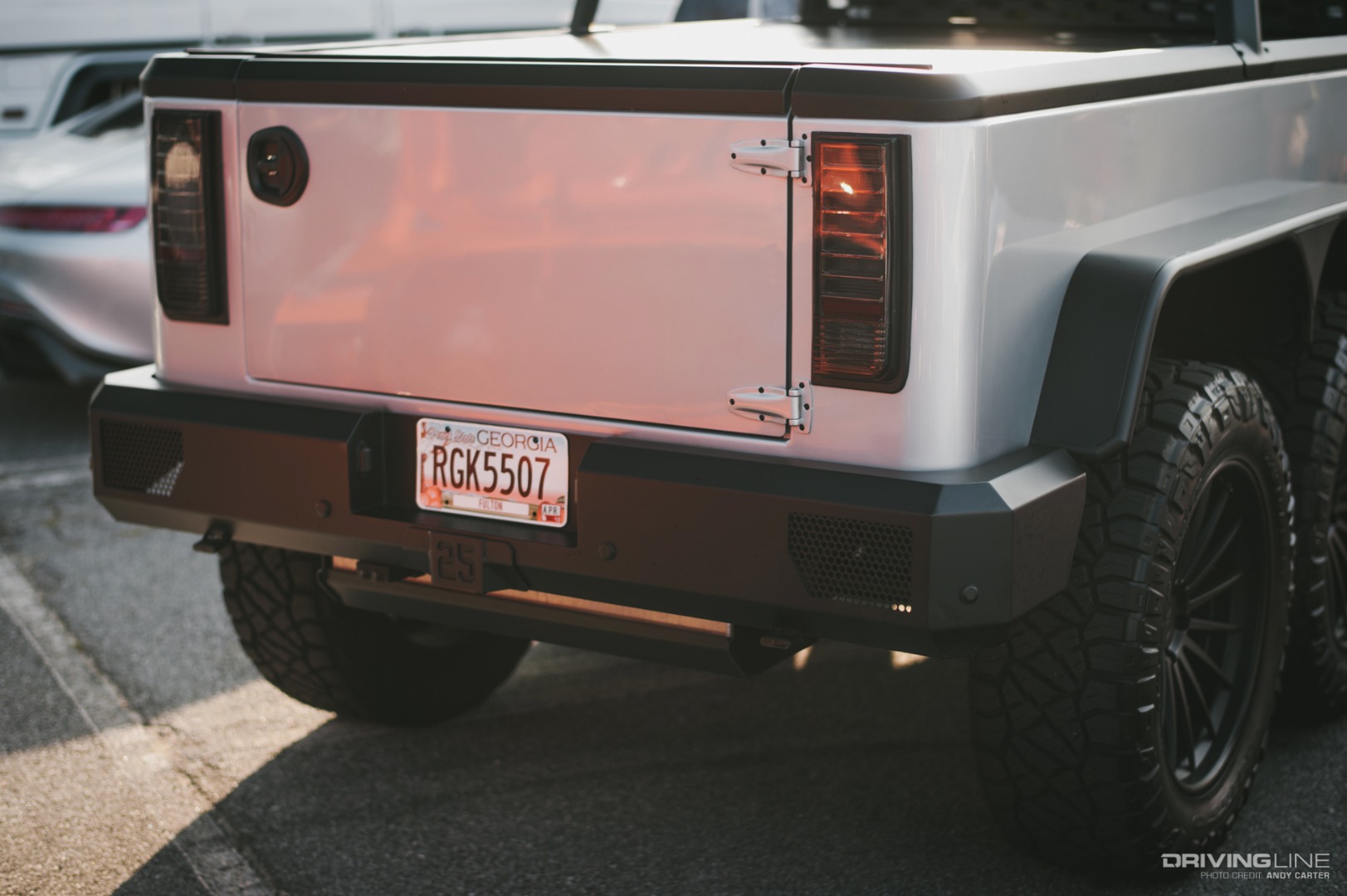


















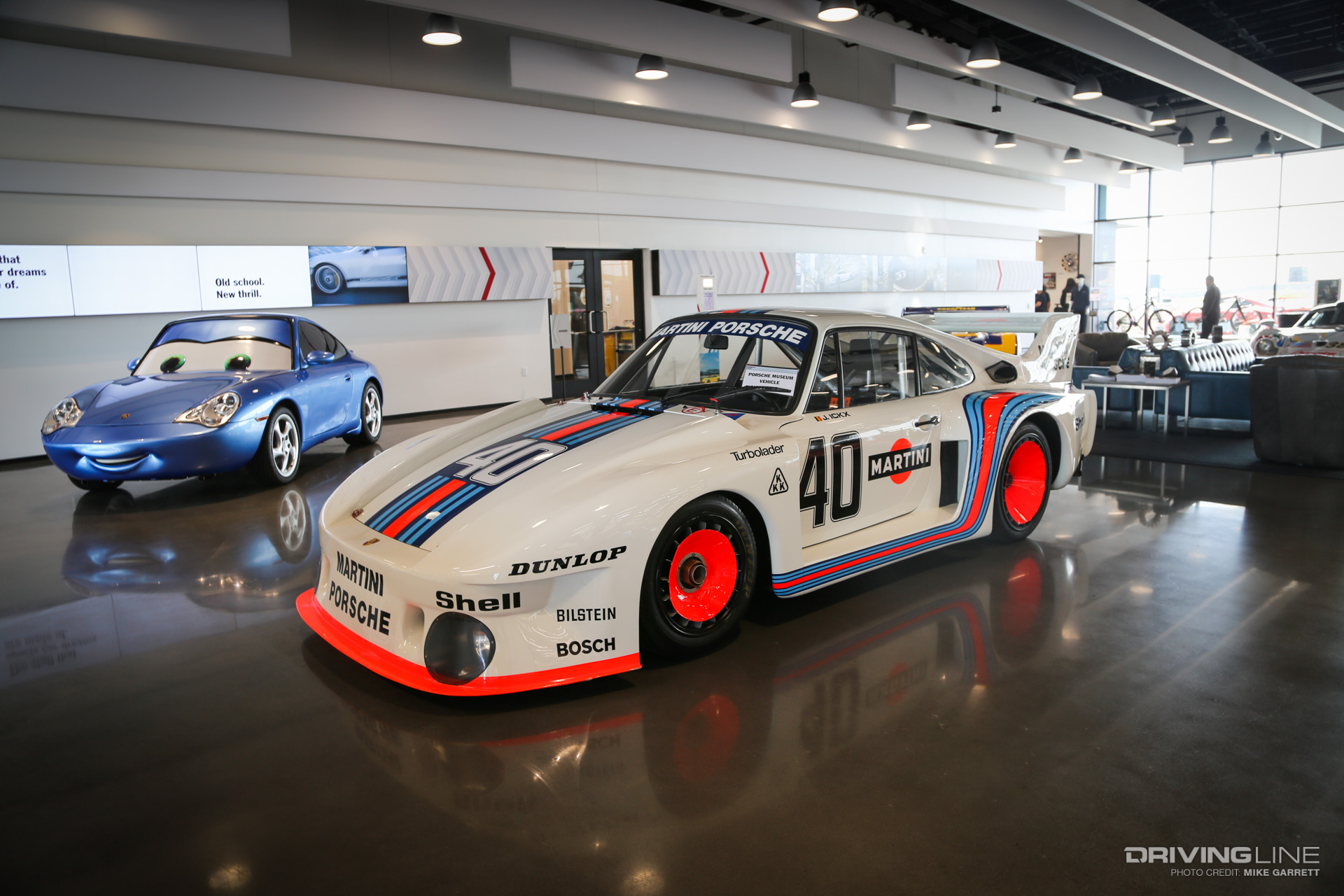






























 (All photos courtesy of Overdrive Productions)
(All photos courtesy of Overdrive Productions)









